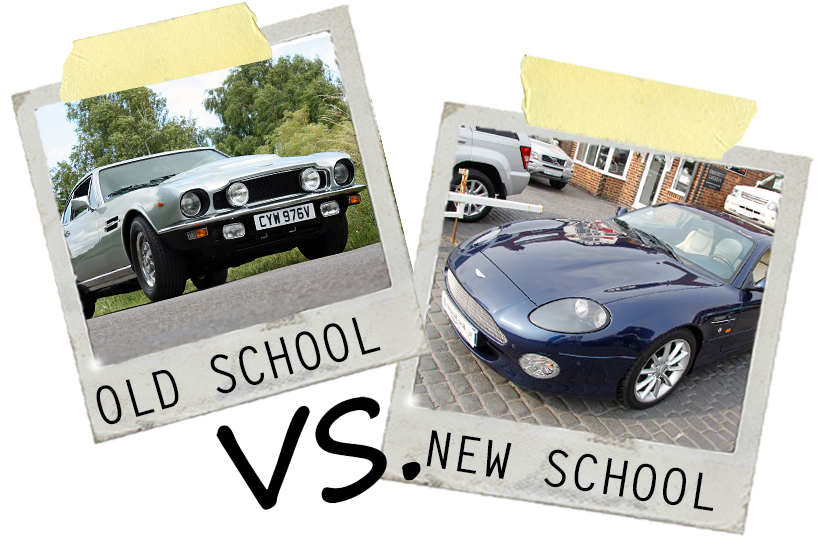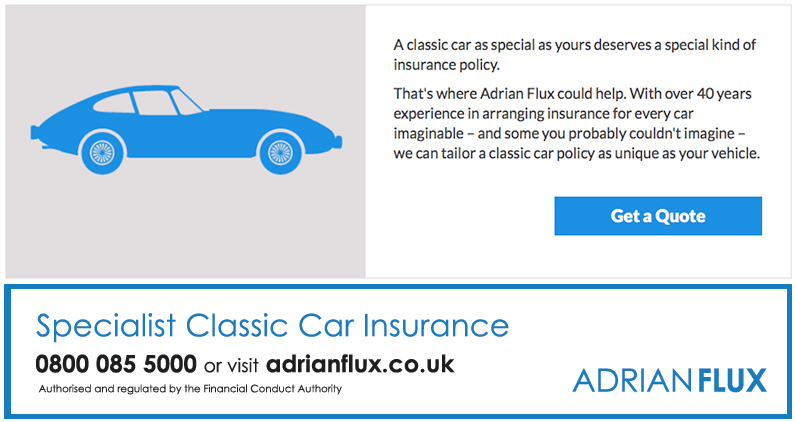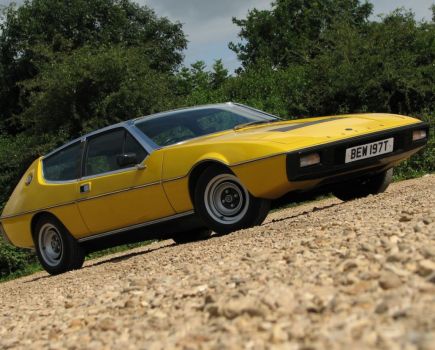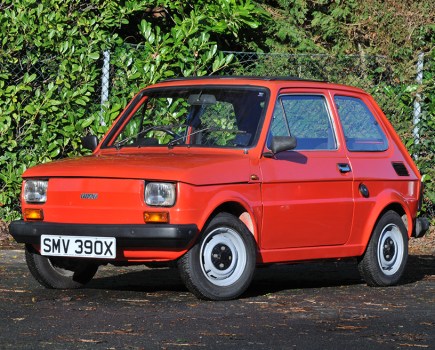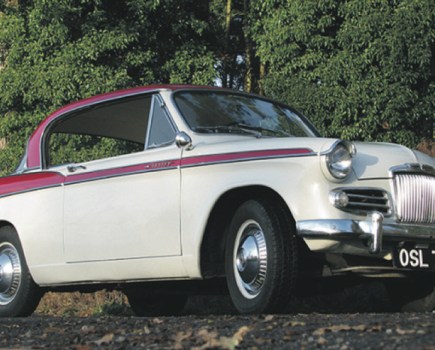Welcome to Old School vs New School where we visit the controversial subject of traditional classics compared to their more youthful equivalents. This time, the Aston Martin V8 Vantage versus the Aston Martin DB7…
Just as today’s paper is tomorrow’s chip wrappers, so each modern classic will eventually take its accepted place in the line-up of cherished classics at a car show of the future and we’ve picked another selection we reckon offer a good illustration of the changing tastes.
If you wish you’d cashed in when a 911 was yours for £8000 or even when an E-Type was £500 then here’s your second chance.
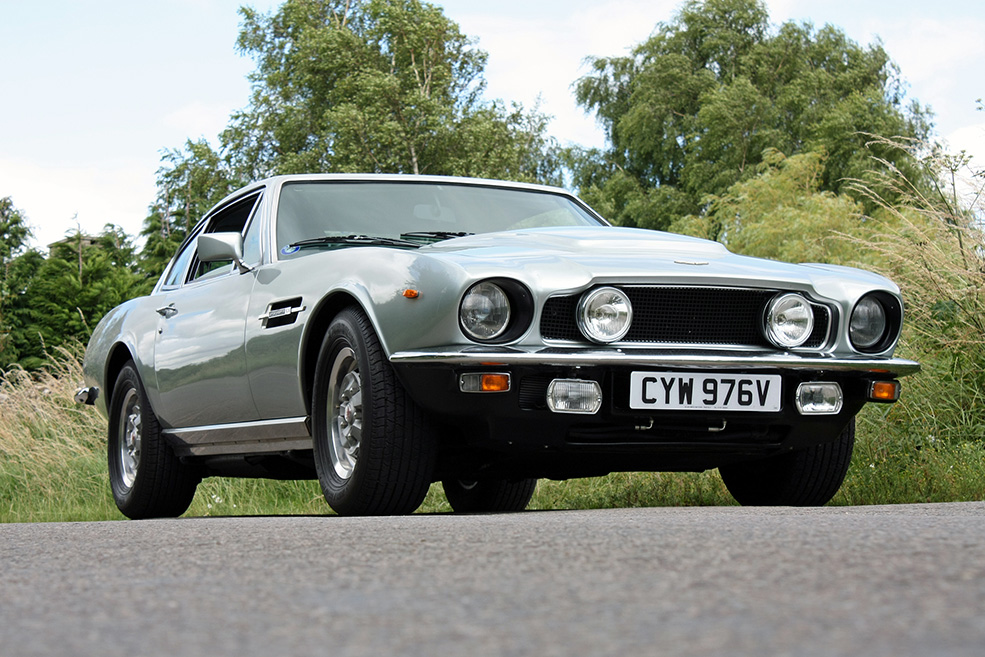
OLD SCHOOL: ASTON MARTIN V8 VANTAGE
TECH SPEC
Engine: 5341cc
Power: 390bhp
Top speed: 170mph
Fuel consumption: 20mpg
Gearbox: five-speed manual
The V8 Vantage was announced to the world in February of 1977. The V8 engine that Aston Martin used previously had shown potential for more power; alongside customer demand, AM went ahead and did just that. With revised camshafts, air-box, larger inlet valves and carburettors, along with new inlet manifolds and different plugs, power was able to upped 40%, while torque was boosted 10%.
The same ZF manual box as found in the V8 Saloon was part of the standard equipment and was capable of holding the extra power while bringing 0-60mph times of 5.2 seconds and a top speed of almost 170mph.
Aerodynamic upgrades went alongside the power upgrades. These included a spoiler at the rear, a deep spoiler underneath the front nose and a blanked off radiator (although this was not the case on every model), as well as blanked off bonnet air scoops. In keeping with the regular AMV8s production lifecycle, the Vantage was treated to upgrades through its lifetime, most significantly was the introduction of BBS wheels in 1983 and a Ronal 16” wheel in 1986 which also saw the 580 X Pack engine, the most powerful version developed for the production car.
The final hoorah for the V8 Vantage came in the shape of the limited edition Vantage Zagato, which renewed the partnership between AM and the Italian coachbuilder. As ever, the Italian designers created striking aggressive styling, which saw just 50 saloons and 37 Volantes made.
OWNING ONE
Bear in mind that owning one will land you with a car that dominated the fast GT bracket in its heyday and is just as capable today of keeping up with modern fast GT’s. Naturally, with that comes higher expense in terms of maintenance, parts, insurance and various other aspects of ownership. Despite this, its unique bodywork will continue to turn heads today, much like any Aston Martin for that matter. We know that the V8 came from an era when Aston Martin was struggling to find its feet under new ownership after Sir David Brown had sold the company, but it still represented a class-leading car.
BUYING ONE
- Corrosion is the biggest worry for potential owners. No matter which variant you purchase, all are fundamentally the same underneath, so check for corrosion. The sills are the biggest culprit here.
- While aspects of the car are beautifully hand crafted, rust prevention was very much of the time, so inspect all areas for rust.
- On the whole it’s a robust engine, although some components involved with the electronic fuel injection can be difficult to get hold of. Check for oil or coolant drips as it could be a sign of a corroded block.
- The clutch is formidably heavy in the manual, don’t assume this is a problem while test driving the car. Do make sure you can live with it before committing to the purchase though.
- Its heavy weight means suspension bushes wear quickly, particularly those on the lower rear arms of the front wishbones where braking loads are transferred to the chassis. One way to combat this is to replace them with the new bushes from the supercharged V8 – this change will also help with stability under braking.
- Again, like the car, the brakes are 40 years old. Bear this in mind during ownership, or prior to ownership. You may want to upgrade to a modern set of stoppers.
VALUES
Values are strong for the AM V8. In simple terms, a restoration project will set you back roughly £60,000. An early saloon model will hover around the £90,000-£110,000 bracket, while a Volante Vantage will be closer to £160,000. The Zagato models are listed for sale, however, these are strictly POA, given that one has stated that restoration has cost in region of £300,000, we expect the figure to be well in the £200,000s to buy it, possibly more. Oselli Cars have a number of V8s for sale varying from £175,000 to £199,000, so this should be used a guideline for values.
INSURING AN ASTON MARTIN V8 VANTAGE
To cover a 1975 Aston Martin V8 worth £55,000 you’re looking at £195 with £150 accidental damage, fire and theft excess through Adrian Flux.
Quotes are based on a 45-year-old male, second vehicle. The car is garaged, covers 3000 miles a year and lives in an SP2 postcode. He has no claims or convictions, is a club member, and is employed as a marketing manager. Comprehensive cover quotes were supplied by Adrian Flux and include free legal cover and optional agreed value. You can get your own quote at Adrian Flux or on 0800 369 8590.
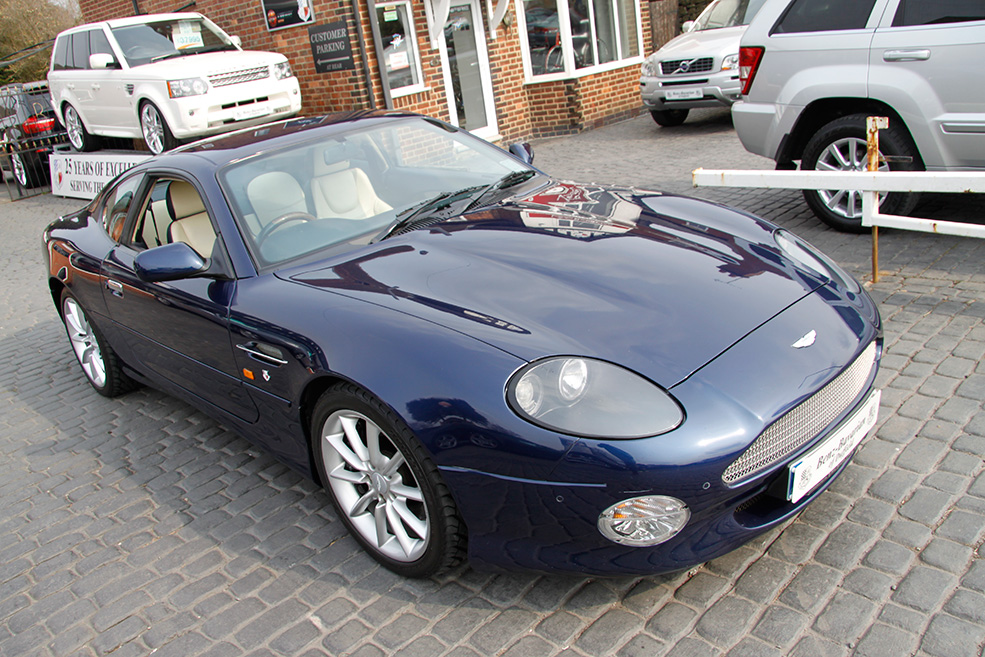
NEW SCHOOL – ASTON MARTIN DB7 VANTAGE
TECH SPEC
Engine: 5935cc
Power: 414bhp
Top speed: 185mph
Fuel consumption: 20mpg
Gearbox: five-speed manual
Instantly recognisable, beautifully presented and with plenty of grunt, the DB7 is an attainable modern classic for Aston enthusiasts.
Here’s some food for thought; the oldest examples are now 24 years old. In fact, the person writing this piece was born the same year the DB7 went on sale to the world.
Under Ford ownership, Aston Martin was able to get underway with the DB7 project that would see Victor Gauntlett’s wishes of a smaller, more affordable model recognised. Initially codenamed DP1999, then more widely known as NPX within the factory, the project was headed up by Rod Mansfield who created 30 prototypes prior to the initial sale in 1994.
Some users would still suggest that the DB7 was simply a restyled Jaguar XJ-S, but they would be wrong. While the DB7 did make use of part sharing, it was in fact a fresh design styled by Ian Callum and used a bespoke 3228cc engine in straight-six guise with an Eaton Supercharger strapped to it in order to produce 335bhp.
In 1999, Aston gave in to demands for more power and replaced the six-pot engine with the V12-engined Vantage. A 6.0-litre, 420bhp engine raised the top speed 20mph to 185 and 0-60mph dropped .8 seconds to 5 with a manual gearbox.
The final hoorah for the DB7 came in the form of the GT, which arrived in 2003 with 435bhp for the manual and the same 420bhp for the auto; performance remained the same nonetheless. The GT helped the DB7 to become one of the most successful models for the marque, accounting for more than a third of all Astons ever built at that point.
OWNING ONE
First things first, as you’ll notice in the Tried & Tested section of this very paper, I drove a V12 Volante recently and was thoroughly impressed. The biggest point under this heading would be that the car turns heads, wherever you go. People love an Aston Martin, especially a gnarling V12 version, so expect attention.
More importantly, however, is that the V12 isn’t a cheap car to run and suffers from a number of niggling issues that can have budgets spiralling out of control. Engine and gearbox cooling systems are fragile. Timing chain tensioners can fail, taking the engine with them. The air-conditioning system is particularly troublesome and very expensive to fix because it most often involves removing the dashboard completely.
BUYING ONE
• Inline-six: be sure to check the exhaust manifold hasn’t cracked and engine oil and gearbox coolers aren’t leaking.
• The V12 suffers misfiring due to failed pencil coils and overfuelling at low speeds due to faulty injectors.
• V12 radiator thermostats can fail causing overheating.
• The V12 system can suffer coolant leaks onto the gearbox, which turn wrecks it, have a look for leaks.
• Both sets of brakes are strong, but the V12s are particularly expensive to service. Ensure that the car doesn’t pull to the left under braking. Also beware that the front top-mount bushes wear quickly.
• Early models are better equipped for rust, while the latter models can rust around the sill ends near the rear wheel arches. Rust also develops behind the front shock absorbers and on front suspension top mounts.
• Try and buy a car with a warranty, or consider getting one.
VALUES
Naturally, high mileage 3.2-litre inline-six models are the cheapest on the market and can be had for as low as £20,000. We suspect that some of these may require substantial work so spending more would most likely be advised. Hovering around the £25-£28,000 mark and you’ll find examples with around 60,000 miles with MoTs for up to 12 months.
The cheapest V12 models are a smidge under £30,000 for a 65,000 mile, automatic example. At the very top of the budget, £59,000, you’ll find late 2003 Volante models with just 22,000 miles on the clock and full Aston Martin history.
INSURING AN ASTON MARTIN DB7
To cover a 2000 DV7 Vantage worth £35,000 you’re looking at £300 with £250 accidental damage, fire and theft excess through Adrian Flux.
Quotes are based on a 45-year-old male, second vehicle. The car is garaged, covers 3000 miles a year and lives in an SP2 postcode. He has no claims or convictions, is a club member, and is employed as a marketing manager. Comprehensive cover quotes were supplied by Adrian Flux and include free legal cover and optional agreed value. You can get your own quote at Adrian Flux or on 0800 369 8590.
OLD SCHOOL VS NEW SCHOOL SERIES
Thinking of getting your hands on a modern classic car? Well keep an eye on Classics World for the next of our old school vs new school classics feature, where we will visit the controversial subject of traditional classics compared to their more youthful equivalents.

